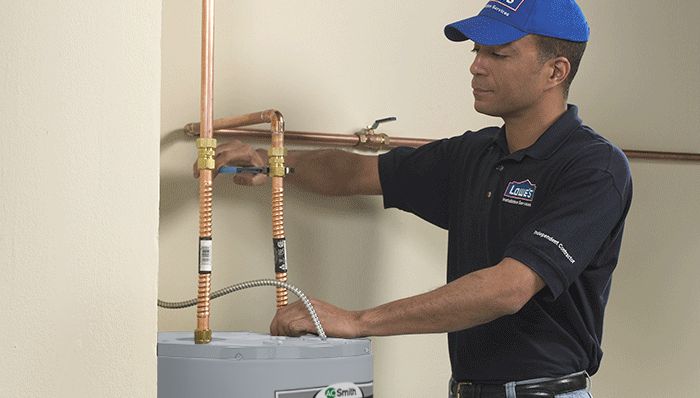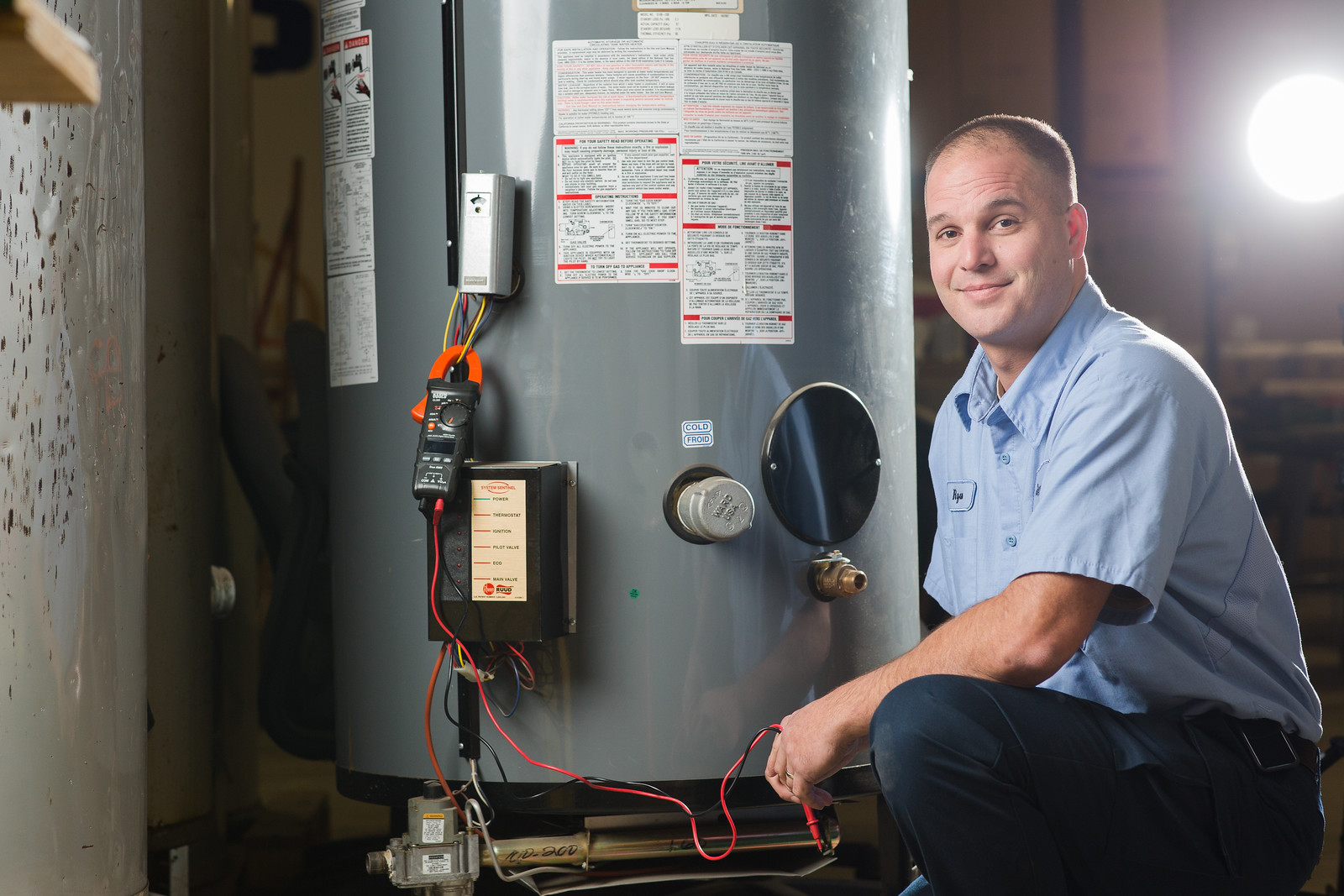Making Sure Longevity of Your Home's Hot Water System: Maintenance Advice
Making Sure Longevity of Your Home's Hot Water System: Maintenance Advice
Blog Article
What are your opinions about What Kind of Maintenance Do Water Heaters Need??

Hot water is crucial for everyday comfort, whether it's for a revitalizing shower or washing recipes. To guarantee your warm water system runs effectively and lasts longer, normal maintenance is vital. This post offers practical ideas and insights on just how to maintain your home's warm water system to avoid interruptions and pricey repairs.
Introduction
Keeping your home's hot water system might seem daunting, however with a couple of simple steps, you can guarantee it runs smoothly for several years to come. This guide covers every little thing from understanding your hot water system to do it yourself upkeep tips and recognizing when to call in expert aid.
Importance of Preserving Your Hot Water System
Regular maintenance not only prolongs the life-span of your warm water system yet also ensures it operates effectively. Neglecting maintenance can cause decreased effectiveness, higher power costs, and also premature failure of the system.
Indications Your Warm Water System Demands Upkeep
Knowing when your hot water system needs interest can protect against significant concerns. Look out for signs such as inconsistent water temperature, strange noises from the heater, or rusty water.
Flushing the Water Heater
Flushing your hot water heater eliminates sediment accumulation, enhancing performance and prolonging its life.
Monitoring and Changing Anode Rods
Anode rods stop corrosion inside the container. Evaluating and changing them when worn is critical.
Facility Issues Calling For Specialist Assistance
Examples consist of significant leakages, electrical problems, or if your hot water heater is continually underperforming.
Regular Professional Upkeep Conveniences
Expert upkeep can include comprehensive inspections, tune-ups, and making sure conformity with security criteria.
Checking and Readjusting Temperature Settings
Changing the temperature level setups makes certain optimum efficiency and security.
DIY Tips for Maintenance
You can perform a number of maintenance tasks yourself to maintain your warm water system in top condition.
Looking for Leaks
Routinely inspect pipelines and connections for leakages, as these can lead to water damages and greater costs.
Comprehending Your Hot Water System
Before diving into maintenance tasks, it's helpful to comprehend the fundamental elements of your hot water system. Typically, this consists of the hot water heater itself, pipelines, anode rods, and temperature level controls.
Monthly Upkeep Tasks
Regular monthly checks can aid capture minor concerns before they intensify.
Evaluating Stress Relief Valves
Evaluating the pressure safety valve ensures it works correctly and stops extreme stress buildup.
Insulating Pipes
Shielding hot water pipelines decreases warm loss and can save power.
When to Call an Expert
While DIY maintenance is advantageous, some concerns need professional knowledge.
Conclusion
Routine upkeep of your home's hot water system is necessary for efficiency, durability, and expense financial savings. By complying with these pointers and knowing when to look for specialist assistance, you can make certain a reputable supply of warm water without unforeseen disruptions.
How to Maintain an Instant Hot Water Heater
Before tinkering with your hot water heater, make sure that it’s not powered on. You also have to turn off the main circuit breaker and shut off the main gas line to prevent accidents. Also turn off the water valves connected to your unit to prevent water from flowing into and out of the appliance. 2. When you’re done, you have to detach the purge valves’ caps. These look like the letter “T†and are situated on either side of the water valves. Doing so will release any pressure that has accumulated inside the valves while at the same time avoid hot water from shooting out and burning your skin. 3. When the purge valves’ caps are removed, you have to connect your hosing lines to the valves. Your unit should have come with three hoses but if it didn’t, you can purchase these things from any hardware or home repair shops. You can also get them from retail stores that sell water heating systems. Read the user’s manual and follow it to complete this task properly. When the hosing lines are connected, open the purge port’s valves. 4. You should never use harsh chemical cleaners or solutions when cleaning your unit. Make use of white vinegar instead. It should be undiluted and you’ll probably use about 2 gallons. 5. Now flush your water heater. This task should probably take about 40 minutes. We can’t give you specific directions for this because the procedure is carried out depending on the type, model and brand of your heater. With that being said, refer to the user’s manual. 6. When you’re done draining the unit, you have to turn off the purge port valves again. Remove the hosing lines that you earlier installed on each of the water valves. Put the valve caps (purge port) back in their respective places and be very careful so as not to damage the rubber discs that are found inside these caps. 7. Now that everything’s back in place, check your user’s manual again to find out how to reactivate your water heating system. 8. Once it is working, turn one of your hot water faucets on just to let air pass through the heater’s water supply pipes. Leave the tap on until water flows smoothly out of it. https://www.orrplumbing.com/blog/2014/september/how-to-maintain-an-instant-hot-water-heater/

I'm just very fascinated with What Kind of Maintenance Do Water Heaters Need? and I'm hoping you appreciated the piece. Feel free to take the opportunity to distribute this post if you enjoyed reading it. Thanks for being here. Please pay a visit to our blog back soon.
Booking Page Report this page